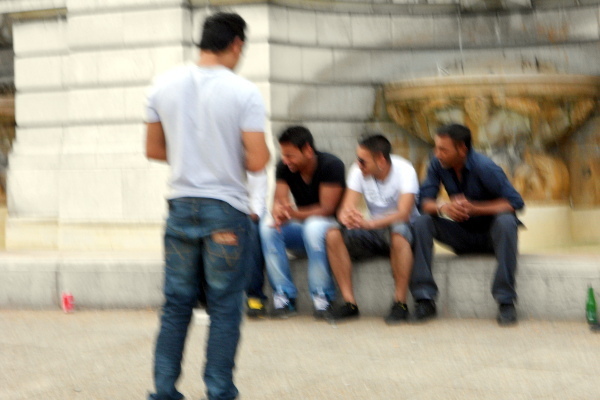
Physical conditions are poor in Europe’s “tent cities,” which are intended to provide temporary housing for migrants and asylum seekers. Can they be improved? In a longer term, how might European countries re-imagine their border towns in order to deal more humanely with the ongoing realities of mass migration?
Nanovic fellow Richard Economakis (Director of Graduate Studies, Architecture) has been grappling with and presenting practical answers to these questions. His work has gained the attention of the Vatican, which has accepted his most recent project for presentation this summer at the 53rd International Making Cities Livable (IMCL) conference in June. There he will also have an audience with Pope Francis, who will be on hand to receive an award from IMCL. The Pope is interested in humane and sustainable solutions to problems posed by mass migration; so too is the High Commissioner for Refugees at the United Nations.
Economakis has been developing designs for refugee villages that can be constructed quickly, with durable materials, in sufficient volume, at a low cost, thereby making them attractive to private investors. Based on architectural principles and designs from Greece, and organized around centrally-located churches, mosques, and facilities, these villages can be adapted and re-purposed by local populations.
Economakis presented his ideas after a faculty panel discussion organized by the Center for Social Concerns with other Nanovic fellows such as Maurizio Albahari (Anthropology). The discussion can be viewed here: